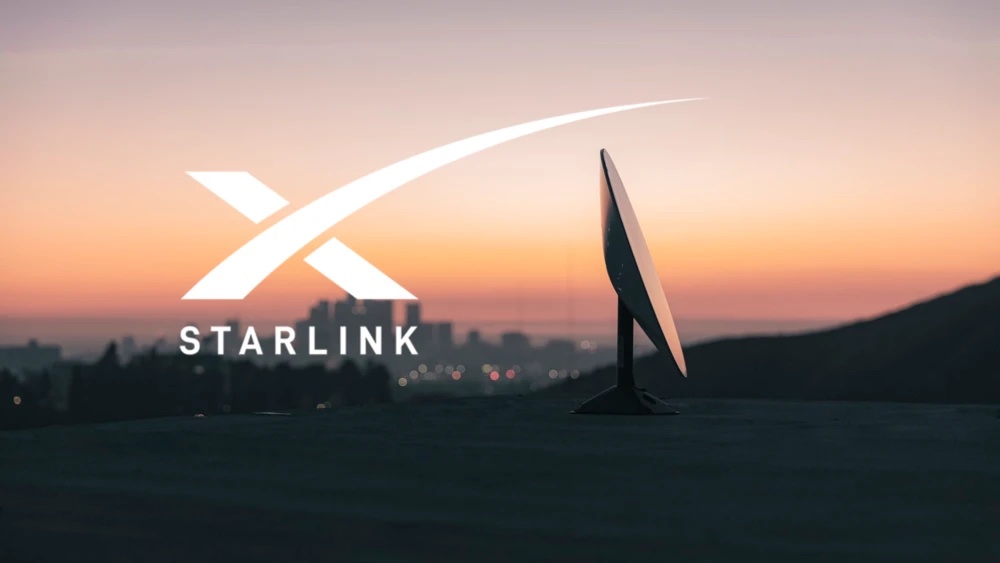Elon Musk's Satellite Internet Living Up to (Some) Promises

Starlink, SpaceX’s constellation of Low Earth Orbit (LEO) satellites, is delivering broadband with download speeds outpacing many fixed-line connections. However, its upload speeds and latency suffer.
Starlink delivers internet connections through satellites in orbit at an altitude of between 540 and 570 kilometres—a fraction of the 35,786 km at which traditional internet satellites orbit. This lower altitude allows LEOs to deliver faster broadband speeds, Starlink says.
In fact, Starlink says its products—available to customers in the UK for £89 per month—is superior to many fixed broadband connections. During its beta period, users can expect data speeds from 50Mbps to 150Mbps and latency from 20ms to 40ms, Starlink claims, with those specs improving as it launches more satellites.
Research by independent analysts Ookla reveals that SpaceX’s claims aren’t entirely full of hot air.
In tests conducted in the second quarter of this year, Starlink delivered average download speeds of 108.3Mbps in the UK.
Those ultrafast speeds make it faster than most fixed-line connections in the UK, which delivered average download speeds of 50.14Mbps in Ookla’s study.
Starlink outpaces ADSL broadband (average download speeds of 10-11Mbps) and fibre-to-the-cabinet (FTTC) connections (average download speeds of 62-63Mbps). But it doesn’t compete with gigabit (1Gbps, or 1,000Mbps) connections delivered by full-fibre networks and Virgin Media cable. However, those are only available to 42% of UK premises.
But Starlink is hampered by satellite broadband’s usual drawbacks: slow upload speeds and high latency.
In Ookla’s study, Starlink delivered average upload speeds of 15.64Mbps—a far cry from the 50-100Mbps “data speeds” it advertises. Those upload speeds narrowly outpace the average upload speeds across all types of in-ground broadband (14.76Mbps) in Ookla’s study but are just a fraction of the symmetrical (equal upload and download) speeds delivered by full-fibre broadband.
Another Achilles’ heel of satellite broadband is high latency—the lag on connections that makes video calls glitchy and gaming nearly impossible. Starlink connections have an average latency of 37ms, just narrowly within its promised range of 20-40ms. However, that latency is significantly longer than the 15ms average latency on fixed-line connections.
Compared to full-fibre and cable broadband, Starlink can’t compete, especially given its cost. Its £89 monthly fee is double the cost of some full-fibre connections delivering 10 times the speed, and that’s before factoring in the £439 charge for the satellite dish and router—and the £54 shipping.
However, satellite broadband is available everywhere. With 190,000 premises in the UK still unable to access “decent” fixed broadband—that with speeds of at least 10Mbps—satellite broadband is a great alternative.
That’s why BT has partnered recently inked a deal with satellite operator OneWeb (now partly owned by the UK government following a bailout last year) to use Low Earth Orbit satellites to fulfil its Universal Service Obligation to rural homes.
Read on our blog

With the government poised to implement tough new measures to...

Budget broadband provider TalkTalk has been notifying customers via email...

A year-long investigation by charity Citizens Advice has revealed a...

Education Secretary Nadhim Zahawi has announced a new commitment to...
